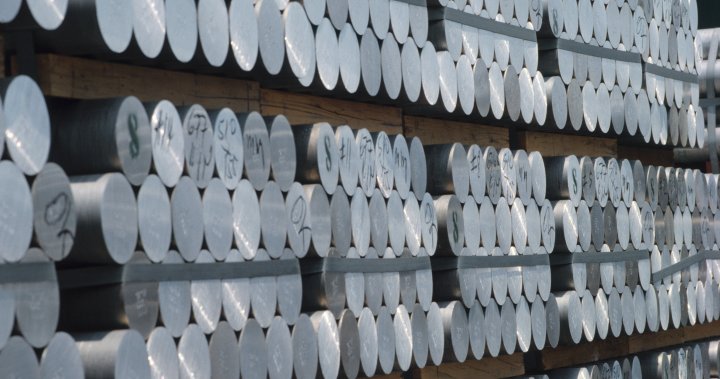Paragraph 1: Introduction to the Aluminum Market Dynamics
The global aluminum market experienced significant shifts in 2024 due to the imposition of tariffs by the United States on imports from several countries, including Canada. These tariffs, implemented by U.S. President Donald Trump, aimed to protect domestic industries but triggered a series of repercussions in the international trade landscape. One notable effect was the diversion of Canadian aluminum shipments away from the U.S. market and towards other regions, notably Europe. This influx of Canadian aluminum into Europe exerted downward pressure on prices for European consumers, impacting the physical market dynamics and premiums associated with aluminum trading.
Paragraph 2: European Aluminum Premium Decline and Tariff Impact
The European duty-paid premium (EPDG25) for aluminum, a key indicator of market conditions, experienced a substantial decline in response to the anticipated influx of Canadian aluminum. This premium, added to the London Metal Exchange (LME) benchmark aluminum price, reflects the costs associated with taxes, transportation, and handling. The EPDG25 contract on the COMEX exchange, expiring on February 28, 2024, dropped by more than 10%, falling from approximately $370 per ton in early January to around $322 per ton. This decline signals a weakening of the European physical market price for aluminum, driven by the increased supply from Canada redirected due to the U.S. tariffs.
Paragraph 3: US Aluminum Imports and Canadian Dominance
The United States represents a substantial importer of aluminum, utilizing the metal extensively in various sectors, including transportation, packaging, and construction. In 2023, the U.S. imported a significant volume of aluminum products, totaling 5.46 million metric tons. Canada played a dominant role as the leading supplier to the U.S. market, accounting for a considerable share of these imports. Canadian aluminum shipments constituted 3.08 million tons, representing 56% of the total aluminum products imported into the United States for domestic consumption in 2023, underscoring the significance of the trade relationship between the two countries in the aluminum sector.
Paragraph 4: European Union’s Limited Reliance on Canadian Aluminum
In contrast to the U.S., the European Union’s reliance on Canadian aluminum imports was relatively limited. Data from Trade Data Monitor (TDM) reveals that between January and November 2023, the EU imported nearly 158,000 tons of aluminum (primary and alloy) from Canada. This represented a modest 2.9% of the EU’s total aluminum needs during that period. While slightly higher than the corresponding period in 2022, when the EU imported over 110,000 tons, equivalent to 1.9% of its requirements, the overall volume of Canadian aluminum imports into the EU remained comparatively small. This implies that the diversion of Canadian aluminum due to U.S. tariffs had a proportionally larger impact on the European market compared to its impact on the overall global supply.
Paragraph 5: Implications of the Trade Disruptions
The imposition of U.S. tariffs and the subsequent trade disruptions had multifaceted implications for the global aluminum market. The redirection of Canadian aluminum shipments to Europe created a supply glut, depressing prices in the European physical market. This put pressure on European aluminum producers and potentially impacted their profitability. Moreover, the trade dispute between the U.S. and its trading partners raised concerns about the potential for a broader trade war, which could further destabilize global markets and hinder economic growth. The uncertainties surrounding trade policies added complexity to the aluminum market dynamics and created challenges for businesses and consumers alike.
Paragraph 6: Long-Term Market Outlook and Potential Adjustments
The long-term consequences of the U.S. tariffs and the resulting shift in aluminum trade flows remain uncertain. The extent to which Canadian producers can successfully redirect their exports to other markets, including Europe, will influence the long-term price dynamics. European aluminum producers may need to adjust their production strategies to adapt to the increased competition from Canadian imports. The potential for retaliatory tariffs from affected countries could further complicate the trade landscape and exacerbate tensions. Ultimately, the global aluminum market will likely undergo a period of adjustment as producers and consumers adapt to the evolving trade relationships and market conditions.










